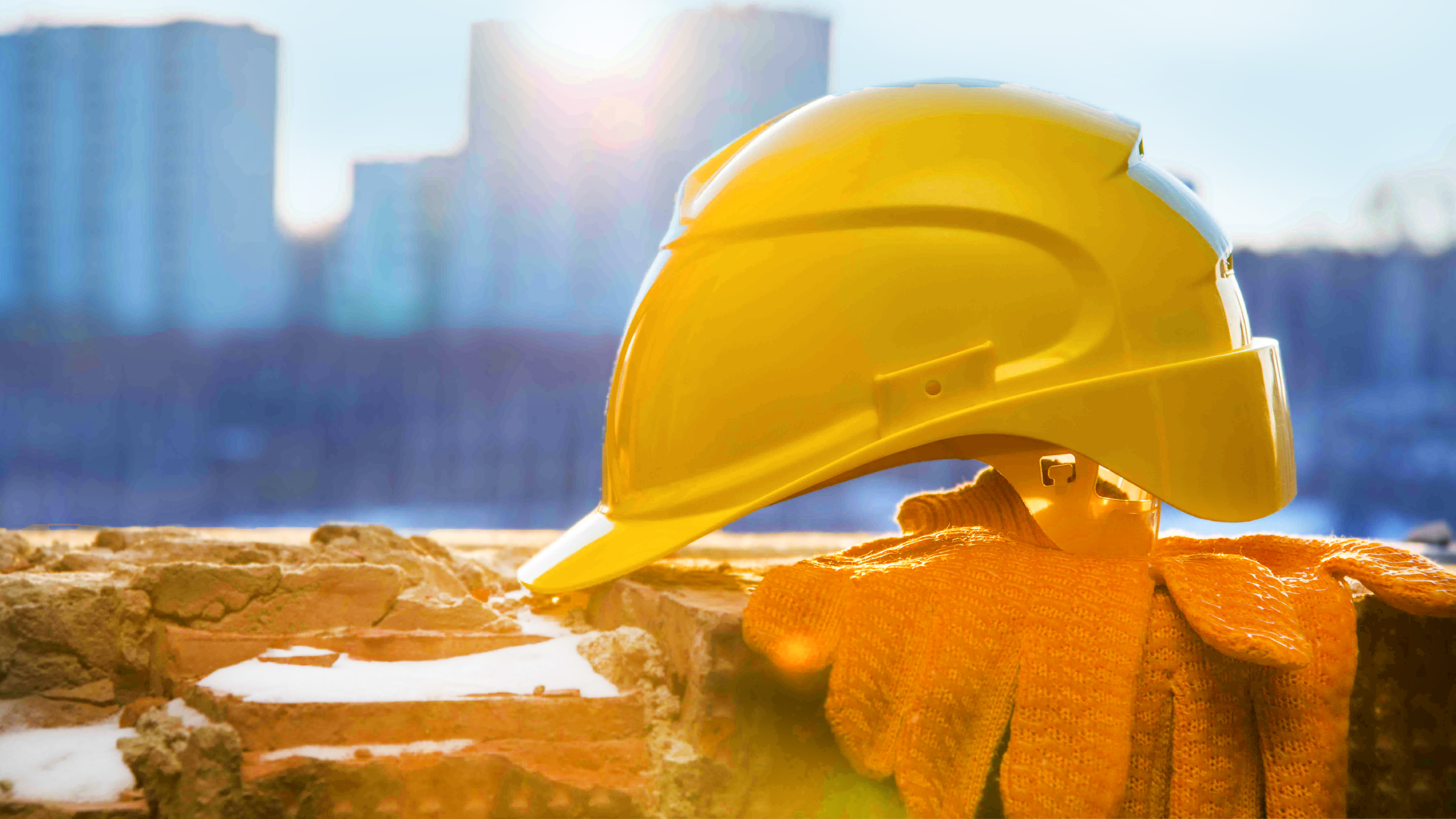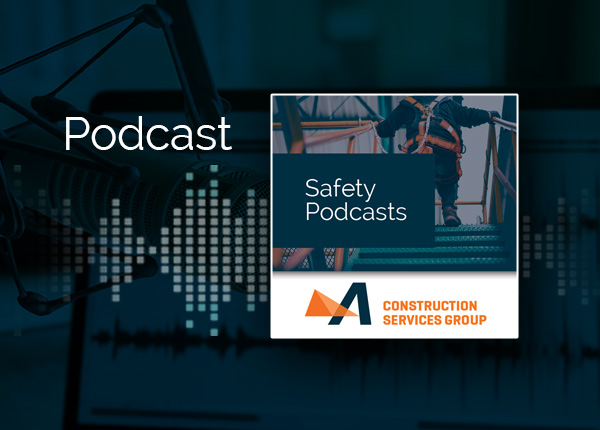Listen to the audio version:
Workplace falls are often associated with an exposure to vertical heights, such as ladders or rooftops. However, it is equally important to consider the dangers of falls on a single level. From uneven footways to debris in walkways, many ground-level obstacles can cause workers to fall and injure themselves on the job.
According to the National Security Council, ground-level falls are the fourth leading cause of Days Away from Work, Job Restriction or Transfer (DART) cases. Same-level falls resulted in 144 worker deaths in 2022 and 414,400 DART cases in 2021-2022.
On top of causing injuries and fatalities, same-level falls can cost your business hundreds to thousands of dollars in lost productivity and medical and administrative expenses. To mitigate your risk and build a culture of safety, you will need the right fall protection protocols in place.
Causes of Same-Level Falls
Same-level falls can have just as drastic consequences as lower-level falls, so it’s critical that your business identifies fall hazards before it’s too late. These can include:
- Water puddles
- Grease, oil or sawdust
- Uncovered or loose cords and cables
- Worksite materials in walkways
- Poor lighting and obstructed views
- Uneven walking surfaces
- Inadequate footwear
- Unsecured mats or rugs
Same-level falls can also be influenced by the weather when working outside. For example, icy conditions in the winter or muddy conditions during rainy seasons can quickly lead to slips and falls. While you can’t control the weather, you can put safety procedures in place that promote fall protection for your employees, whether they are working inside or outside.
Alliant is Your Partner in Fall Protection Safety
Alliant brings decades of experience in helping organizations strengthen their safety and loss control programs. Drawing from our vast knowledge and understanding of regulatory issues and guidelines, we offer personalized risk management solutions that safeguard assets, control costs and promote employee wellness. Contact Alliant today to implement fall protection safety at your organization.
Alliant note and disclaimer: This document is designed to provide general information and guidance. Please note that prior to implementation your legal counsel should review all details or policy information. Alliant Insurance Services does not provide legal advice or legal opinions. If a legal opinion is needed, please seek the services of your own legal advisor or ask Alliant Insurance Services for a referral. This document is provided on an “as is” basis without any warranty of any kind. Alliant Insurance Services disclaims any liability for any loss or damage from reliance on this document.





